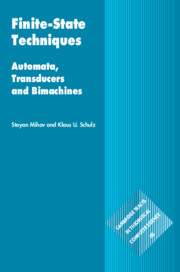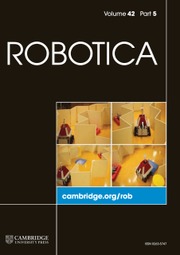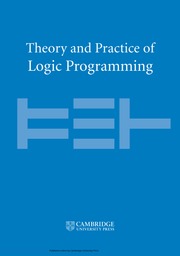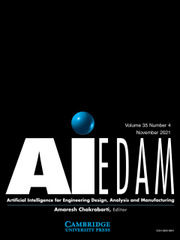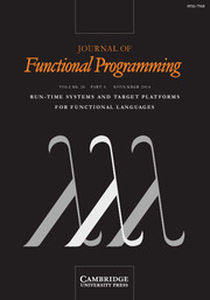Finite-State Techniques
Finite-state methods are the most efficient mechanisms for analysing textual and symbolic data, providing elegant solutions for an immense number of practical problems in computational linguistics and computer science. This book for graduate students and researchers gives a complete coverage of the field, starting from a conceptual introduction and building to advanced topics and applications. The central finite-state technologies are introduced with mathematical rigour, ranging from simple finite-state automata to transducers and bimachines as 'input-output' devices. Special attention is given to the rich possibilities of simplifying, transforming and combining finite-state devices. All algorithms presented are accompanied by full correctness proofs and executable source code in a new programming language, C(M), which focuses on transparency of steps and simplicity of code. Thus, by enabling readers to obtain a deep formal understanding of the subject and to put finite-state methods to real use, this book closes the gap between theory and practice.
- Goes beyond 'read-only' devices to cover the transformational devices that are of central interest in the field
- End-of-chapter exercises enable readers to implement complex finite-state based procedures for interesting tasks
- Provides executable source code in the new C(M) language, designed to focus on the high-level mathematical steps of a construction
Reviews & endorsements
‘… this volume is well written and very detailed. It is thus a nice reference for those results for the interested graduate or researcher …’ Andreas Maletti, ZB Math Reviews
Product details
July 2019Adobe eBook Reader
9781108621137
0 pages
46 b/w illus. 3 tables 45 exercises
This ISBN is for an eBook version which is distributed on our behalf by a third party.
Table of Contents
- Part I. Formal Background:
- 1. Formal preliminaries
- 2. Monoidal finite-state automata
- 3. Classical finite-state automata and regular languages
- 4. Monoidal multi-tape automata and finite-state transducers
- 5. Deterministic transducers
- 6. Bimachines
- Part II. From Theory to Practice:
- 7. The C(M) language
- 8. C(M) implementation of finite-state devices
- 9. The Aho–Corasick algorithm
- 10. The minimal deterministic finite-state automaton for a finite language
- 11. Constructing finite-state devices for text rewriting
- Bibliography
- Index.

